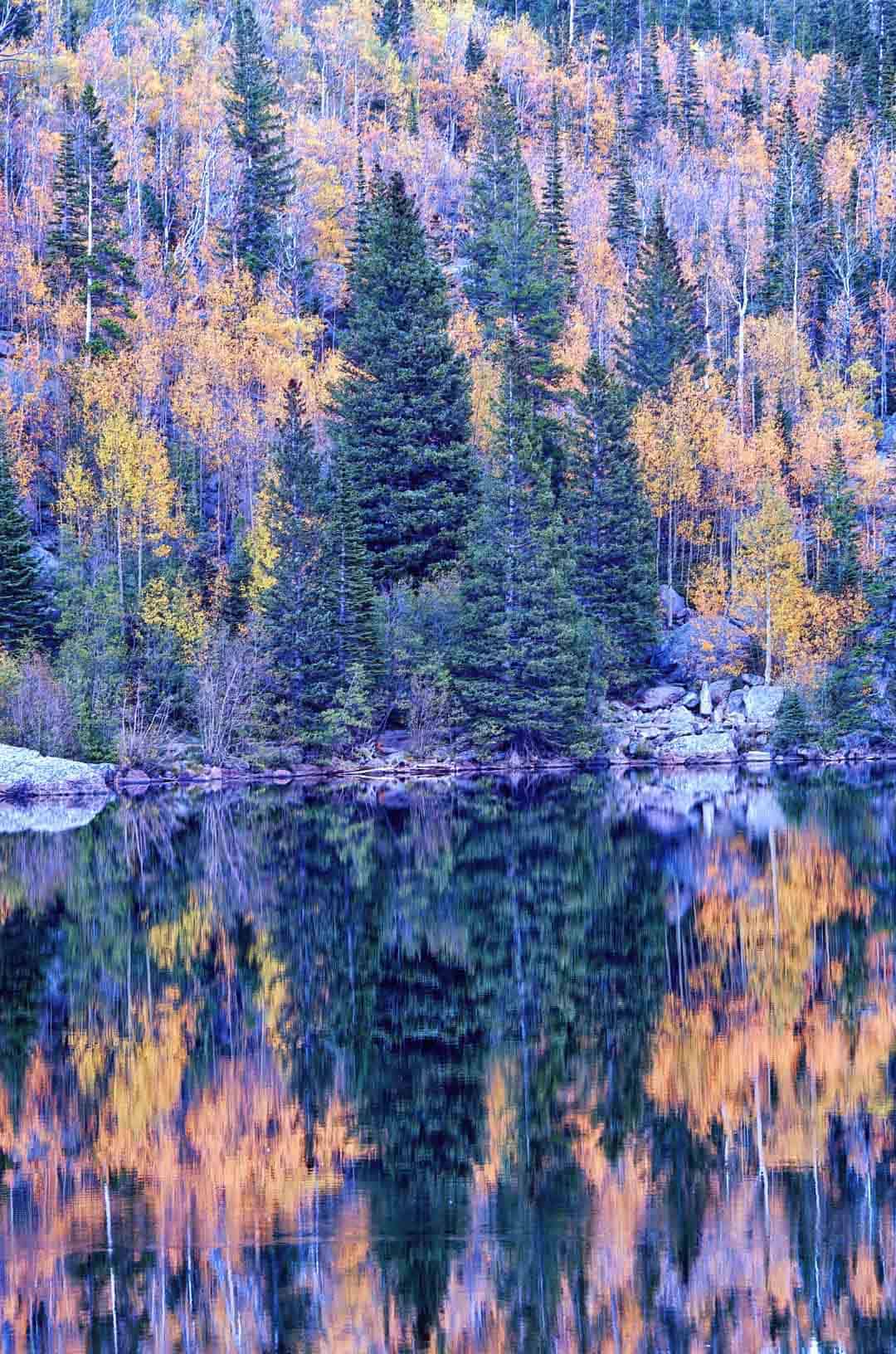It’s that time of year again when the leaves are starting to turn and there are ample opportunities to photograph incredible fall colors. Here are a few valuable tips to help you create beautiful autumn landscape photos.
Use Side or Back Lighting to Make Autumn Leaves Glow:
Sunlight passing through the autumn leaves gives them a surreal quality that makes fall foliage photographs really pop. You can adjust your position so that the sun is behind a tree trunk or incorporate the flare of the sun into the autumn composition. For best results shoot at the beginning or end of the day when the sun is low in the sky.
Under Expose for Deep, Saturated Fall Colors:
Under exposing by 1/3 boosts saturating and brings out the tones and depth of the fall colors without making the image too dark. This can be done by using the camera’s exposure compensation feature (+/- button) or adjusting aperture, shutter and/or ISO settings.
Brave the Weather:
Autumn is a transitional time with shifting weather conditions that can add interesting elements to your fall landscape images. While clear, deep blue, skies provide an excellent backdrop for colorful autumn foliage, don’t be afraid to venture out in less than ideal conditions also. An impending storm can add drama to the sky, a dusting of fresh snow provides a nice contrast to the golden leaves and highlights the transitional nature of the season, or an overcast day can soften the light filtering through the autumn leaves. Make sure to take advantage of the best light by heading out early for sunrise or staying later to experience the sunset.
Create Fall Abstracts:
Open up new creative possibilities by experimenting with camera manipulation or long exposures to create abstract autumn photographs. Focus on a group of colorful trees, a portion of a tree, or a single leaf and compose the photograph the way you normally would. As you press the shutter manipulate the camera by panning side to side; tilting up and down; or zooming in or out. Experiment with different aperture and shutter speed settings as well as the speed at which you pan, tilt, or zoom. Fall abstracts can also be created utilizing longer exposures to capture the blurred movement of trees or leaves in the wind or reflections in water. Golden fall foliage interspersed with evergreens reflected on the surface of a lake or fallen leaves floating in the current of a stream can both result in great abstract photographs with an impressionistic quality.
Look Up and Down:
Be aware of different perspectives. Experiment by shooting from different angles and positions. Look up and down for foreground, background, or detail elements to add depth and dimension to your autumn landscape photographs. Shooting straight up into the canopy of fall foliage is a somewhat atypical and eye-catching view. It emphasizes the height of the trees making the shot seem more grand, and on clear days it provides a nice contract between the deep blue sky and the yellow, orange, or red autumn foliage. By looking down you can discover and focus on details and isolated bits of a scene that are often overlooked in large landscapes. Individual or groups of leaves that have already fallen can blanket the ground in colorful autumn compositions. You can isolate and emphasize individual subjects by cropping out extraneous details and using a larger aperture to create a shallow depth of field.
For more amazing fine art autumn and Colorado landscape photos to enhance your home, office, or corporate walls please be sure to check out my galleries for wall art photo prints available for purchase.
Loved what you just read?
Become a VIP Insider and get more of the good stuff – exclusive tips, insider updates, behind-the-scenes stories, and special promotions delivered straight to your inbox.
Don’t miss out—our VIP members get the best of everything first

